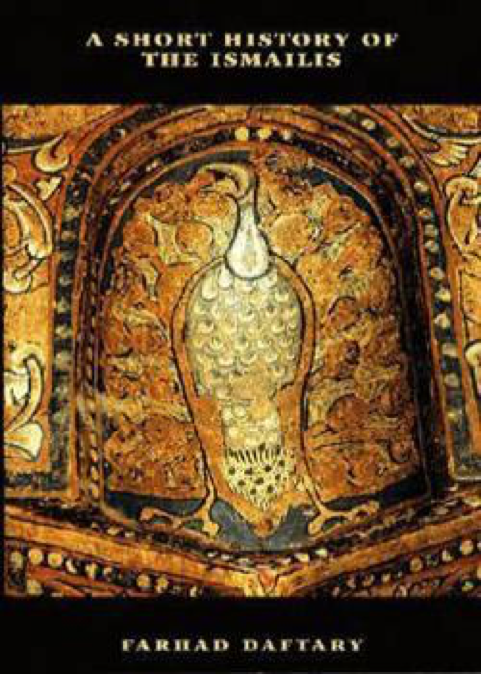The Ismailis represent the second largest Shi‘i Muslim community after the Ithna‘asharis (Twelvers) and are today resident as religious minorities in more than 25 countries in the Middle East, Asia, Africa, Europe and North America. Despite their long and eventful history dating back to the formative period of Islam, the Ismailis were studied until recently primarily on the basis of the accounts of their opponents and detractors, including Sunni polemicists, European travelers and Crusader chroniclers. As a result, a host of legends and misconceptions were disseminated on the teachings and practices of the Ismailis. The character and place of Ismailism in general Islamic history was further obscured by the community's traditional practice of concealing their own writings as a precautionary measure against religious and political persecution to which they were often subjected. However, from the 1930s the study of Ismailism began to be radically revised with the discovery of a large number of Ismaili texts preserved in private collections. Since then, modern scholarship in the field has made great strides in distinguishing fact from fiction in many aspects of Ismaili history and thought.
shorthistoryoftheismailis.png

A Short History of the Ismailis by Farhad Daftary book cover
A Short History of the Ismailis brings together the results of this scholarship on the highlights of Ismaili history and doctrines within the broader contexts of Ismaili history and Shi‘i thought. After critically examining relevant source materials in the first chapter, this book covers the main developments in all the major phases of Ismaili history, including the early formative period in the 3rd/9th century when Ismailism arose as a revolutionary movement of religious and political reform in Iraq, Iran and Syria; the Fatimid ‘golden age’ when the Ismailis ruled from Egypt over a vast state extending across North Africa and southern Arabia; followed by the Aga Khans. In the course of his study, the author also discusses the major schisms that occurred among the Ismailis and subsequent developments among the Musta’li–Tayyibi and Bohra communities of Ismailis.
The publication of this book makes it possible for the first time for scholars, students and the general public alike to have access to a concise and authoritative introduction to Ismaili history and thought, based on the findings of the most recent scholarship on the subject. By consolidating the accumulated research of modern scholarship on the Ismailis dispersed in numerous specialist sources in diverse languages, while at the same time cutting through centuries of hostility and polemics of their enemies, as well as the misconceptions and prejudices of western Orientalists, the author has been able to arrive at the most informed and balanced historical summation of the Ismailis that is available today for the general reader. The overall view of the Ismailis that emerges from this account is of a highly organized and energetic Muslim community with a progressive vision of Islam who, in spite of their minority status and almost uninterrupted persecution throughout their history, were able to make significant intellectual and cultural contributions to Islamic civilization, a tradition which they have continued to maintain to the present day.
Published as part of the Islamic Surveys Series, Edinburgh University Press, 1998.







